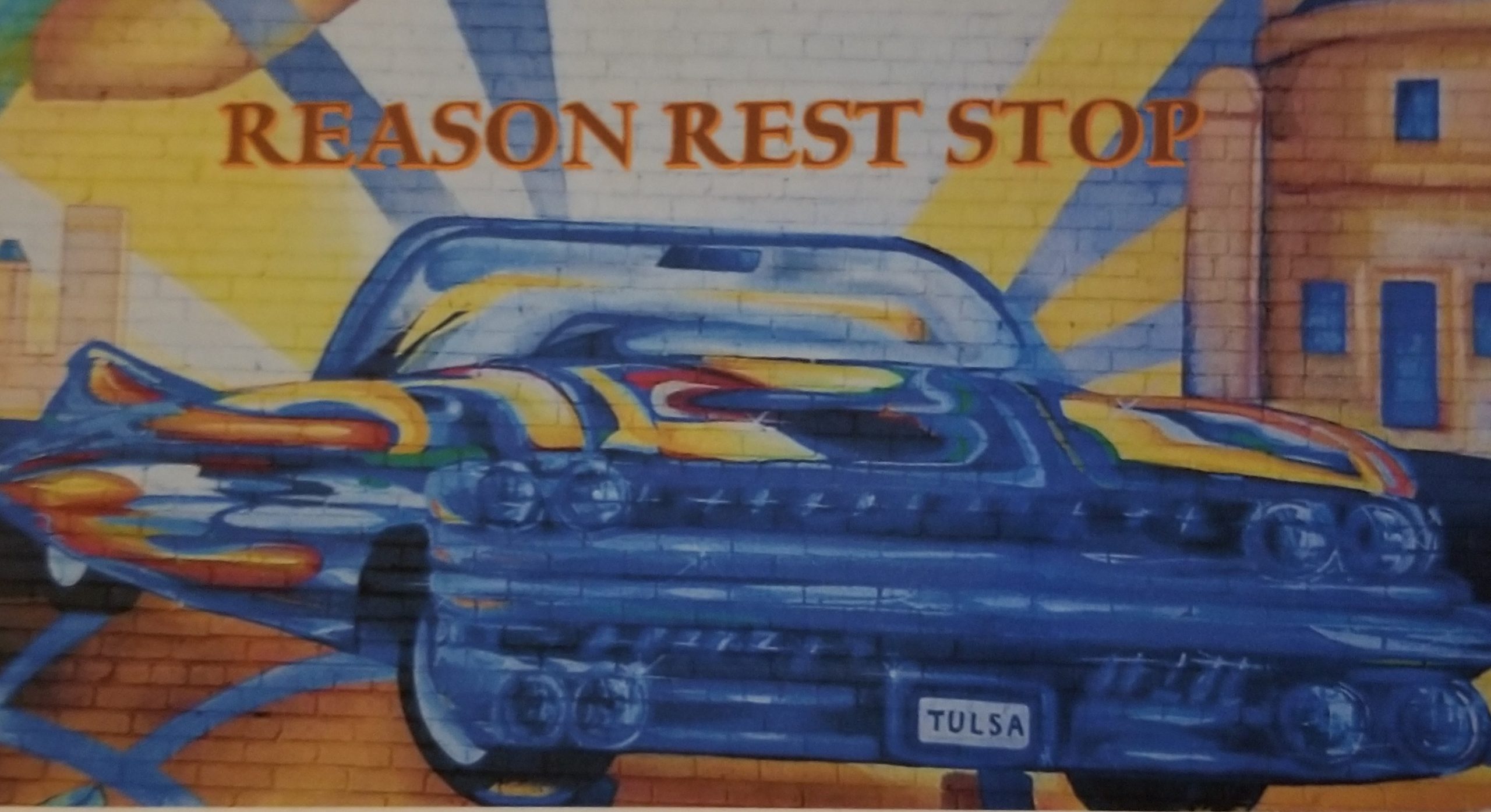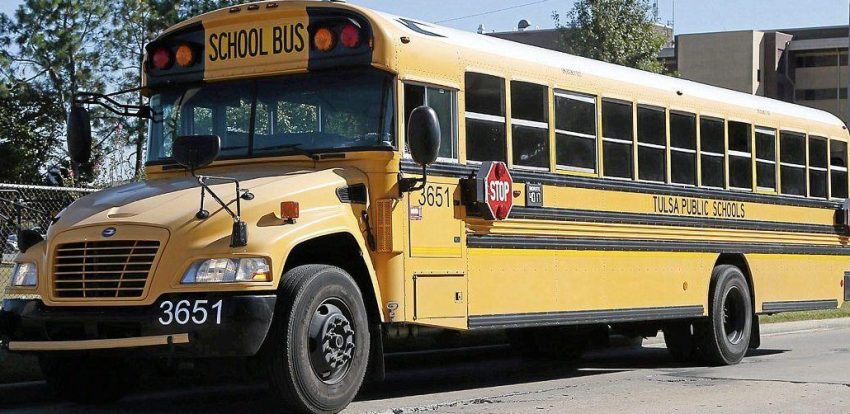One claim any American born in the 1940s, 50s and 60s can make that can never be refuted is that we have lived in not only interesting but changing times. While it may be true the technology and wherewithal required to live day to day as a fully engaged citizen in 2021 is a great deal different than in our youth, some early instilled values, attitudes, world views and norms have been altered relatively little by many still among us. In the larger scheme of things the changes happening in our time may have seemed to have come at us very fast. However, looking back over the years those changes, especially of the social kind, have really moved at glacier speed. Example: Race relations. In many ways there have been many advancements for the African American community in terms of opportunity via policy borne of legal ruling. A benchmark anniversary of one of those advancements will be celebrated at the end of August as Tuesday the 31st will mark fifty years of desegregation of Tulsa Public Schools.
First, some background on how things came to be all those years ago. After the Supreme Court decision on Brown vs. Board of Education of Topeka in 1954 declared that “separate but equal” was unconstitutional, the wheels of change went from virtually a dead stop to a crawl-speed grind. Some seventeen years later another Supreme Court decision paved the way for school boards nationwide to begin to racially integrate public schools at the elementary and secondary levels. The decision supported what had been decided by larger districts to be the most effective method to accomplish the task of integration, that being by forced bussing. The case in question was the Swann vs. Charlotte-Mecklenburg Board of Education and the decision that authorized the action was handed down on April 20th, 1971. Tulsa Public Schools wasted no time in implementing the chosen intervention.
The1971-72 school year was the year Yours Truly and all my elementary school cohorts were moving up to seventh grade at our neighborhood junior high school. In the runup to the start of school, rumors were flying all over the place that there was going to be all manner of trouble and violence as everyone was certain that the forthcoming race riot was inevitable. The specters being ginned out by the Old ‘Hood rumor mill made clear to all us white and Native American kids playing along the Avenue that the hordes of black North Tulsans were being bussed to our school to come and get us!
Were we ever a bunch of dumbasses! Somewhere in that rumor mill, a lot of useful information on how best to avoid predatory ninth graders and other such undesirables somehow got lost amid the bussing hysteria.
Long story short, having African American students in our midst was a huge nothing-burger. In hindsight it was just a minor wrinkle to work into the tall order of the litany of new rules that went with learning the ropes of being a seventh grader. As it turned out, most if not all of our black schoolmates had exactly the same fears we whites had. Looking back though, it would stand to reason that the North Tulsa rumor mill was a lot more geared up than ours because if anyone had concern to fear violence and contention, certainly the African American kids did. They after all were residents of the same community where half a century previous the worst race massacre in the entire nation’s history had happened. I am sure it is likely that many of them had parents and grandparents who had survived the 1921 carnage. Knowing that little had changed in terms of social attitude in the community as a whole in fifty years’ time, who should have had the greater sense of innate angst?
Being a route carrier at the time for the local morning tabloid, I vividly recall the the mid-week edition of the Tulsa World the morning after that first day of integrated classes. For the life of me I cannot recall the exact headline proclaiming the beginning of bussing in Tulsa. That was because of the full-frame photo below it that completely dominated the entire page. Of the half a dozen or so yellow TPS school busses that pulled up on S. Columbia Avenue in front of school, the photo was of one nicely dressed African-American junior high school girl with a big smile on her face who was the only solitary soul sitting in a seat on one of those busses and whose name I have long since forgotten. I will never forget the sensationalism of the caption under that photo…”(girl’s name) arrives alone at Wilson.” The visual of that photo conveyed the message that the cost/benefit ratio did not at all factor into achieving the goal of public school integration. Bureaucracy had to work out a few bugs in establishing the new normal but make no mistake, a new normal was the backdrop theme of secondary education in 1971. We would all learn the meaning of equality and how to get along with each other if only for a few hours a day regardless of how uncomfortable it made anyone feel and regardless of the financial cost to the school district.
Not all that long ago I remember relating my experience with this watershed event in another post, Understanding an essential epiphany. In it I wrote about dealing with the dynamic of entering seventh grade the first year TPS began forced bussing and how this was my entry into a more enlightened world after spending my childhood in a very segregated community. My true enlightenment did not really begin to evolve as such until I entered the U.S. Navy at age 18. The Navy, which even in 1978 had probably the most rigid EEO policy in the nation, was where my basic understanding of the ongoing struggle for racial equality was firmly imprinted. I, along with so many others of all races and backgrounds, had to learn how to get along or else in order to achieve a common goal. It wasn’t until many years after I retired from the Navy that I had a long discussion with a fellow local Democratic Party volunteer who was a retired TPS faculty. This retired teacher, an African-American woman, served to expand my understanding of the part of forced bussing that I had never really devoted any thought to let alone ever seriously took into consideration. The sad fact of the matter about “forced bussing” was that it was only forced for the black students. Myself and most of my white cohorts resided within easy pedestrian distance of our school. I don’t believe any of us ever fully appreciated being able to wake up thirty minutes before first hour, get dressed and walk to school and arrive to homeroom with a few minutes to spare. Such was not the case with our African-American schoolmates. In most cases their day began a couple of hours before ours because they had to get ready for school then walk to their bus stop, wait ten or fifteen minutes or more for their bus, take a forty-five or so minute ride across town in early morning traffic just for the equal right of putting up with the same educational rat race we did. After sixth hour when we neighborhood locals casually strolled home, they had the hour or better part thereof trip back north adding all that additional time to their school day. If they were unfortunate enough to miss their afternoon bus, it was a long walk home for them.
Fifty years since public school integration became the law of the land, school segregation remains alive and well in the private sector. This segment of Old Route 66 is a classic example. The Conservative-majority Oklahoma legislature has steadily cut public education funding over the past two decades. Some of the more extreme voices at the state capitol have gone so far as to demonize public schools by applying the label “government schools.” More recent legislation has catered to private education leaving the public education budget a shadow of its former self. This has lent to the meteoric rise of for-profit charter schools, vouchers for church sponsored schools and of course the home schooling movement. Perhaps having so many options in the educational milieu is not in and of itself a bad thing, but so much of it comes at the expense of public education. So this is where we’re at fifty years after “separate but equal” became history. Now looking back, I feel fortunate to have seen that historic step forward in equality happen in the first person. Admittedly, it was something poorly understood at the time but was a step that badly needed to be taken in a city that has such an egregiously ugly history with regard to race. It is my hope looking ahead that we can all keep moving forward to ensure equality for all citizens. Knowing and understanding where we have been certainly helps with that common goal.


Even though it had been a relatively short period of time in the grand scheme of things (50 years), I didn’t know or hear about the 1921 race riot until I was in my 40’s or 50’s. I think we can attribute that to the local Republican party, however I’m not sure that that particular point in time would have been an appropriate time for it to be taught in schools, at least not in my mind. Come to think of it, I’m not sure when would have been an appropriate time what with all the BLM rhetoric we hear. Something to ponder . . .